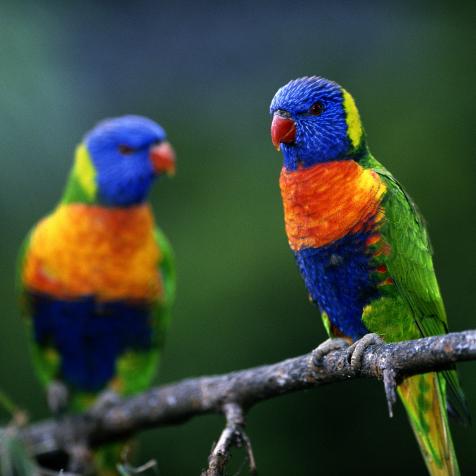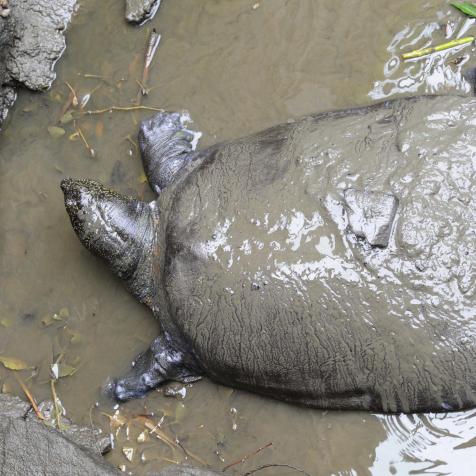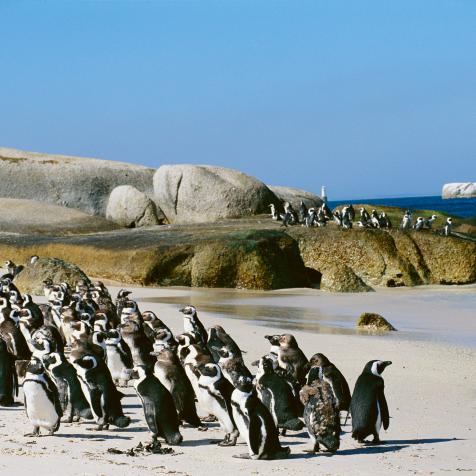
Amith Nag Photography
How a Change in Fishing Practices Saved Coral Reefs
Lakshadweep is that tranquil set of islands that children first learn to draw. White coral sands, coconut trees standing tall, and pristine blue waters filled with fish and turtles that thrive among the graceful sea anemones and a vibrant reef. In 2019, these islands present a very different picture from most polluted and overfished tropical islands in the developing world – and this happened almost by a happy coincidence.
Photos
See All PhotosThe archipelago is densely populated. Over 70,000 people crowd on 10 islands that take up over 30 square kilometers of land southwest of the Indian peninsula, out in the vast Indian Ocean. It all began around the 1960s when the local fisheries department promoted a kind of fishing popular in the Maldives, called pole-and-line, which was ideal to catch skipjack tuna that abound just beyond the reef. This, combined with fuel, training, and boat subsidies they were given, meant that locals who once relied on reef fish for each meal could multiply their catch with almost no additional input cost by simply changing their target. The reef ecosystem in the blue lagoons was saved from human interference and potential overfishing that affects several neighboring islands. The strength of the coral reef ecosystem even meant much greater and unexpected resilience in the face of El Niño events that hit the island several times since 1998. Things were idyllic.
Ecologist Kartik Shanker calls this “incidental conservation.” He says, “I believe that you need to focus on ecosystems as a whole, including the sustainable use of resources, and the species will take care of themselves.”
Fishing beyond the reef worked as a perfectly sustainable fishery for many decades in the Lakshadweep islands. Rohan Arthur, a researcher with Nature Conservation Foundation who has dived in the atoll for over 20 years, calls skipjack tuna the “fish that saved the reef.” Some artisanal subsistence fishing did go on in the reef, but most income on the island came from tuna (supplemented by coconuts).
After a few years studying the island though, researchers noticed a small change on the island. The fisherman had increasingly begun making and using ice - once almost impossible to find on the island - to preserve reef fish and sell them on street corners. Rohan Arthur wrote at the time, “It is a nascent thing, not big enough to dignify as a market, but it signals a big change in the way the Lakshadweep relates to the reef. For the first time in the recent ecological history of the archipelago, the fish of the reef are being monetized.” He expressed concern that it was just a matter of time before locals found a way into the international market for export like they did on the neighboring Andaman and Nicobar islands—and then it’s anybody’s guess what would happen to the pristine reef with the perfect conservation tale.
Kartik visited the islands several times in the 2000s, mainly to study sea turtles—but increasing concern about the decline in tuna catch caught his attention. Some local fishers ascribed it to the 2004 tsunami, which they say was a significant moment in time, one that changed the ocean the way they knew it. A significant number of locals had started fishing in the reef and others, who noticed the kinds of profits they were making, didn’t want to be left out. With no strict regulation, the reef was becoming a free-for-all. Rohan says about the reef today, “We are well over the cusp right now, and the reef fishery is now a well-entrenched commodity (in Lakshadweep) that has united with the global marketplace and is taking the fishery and the reef along with it. At the rate, it is going it will have a brief, glorious peak of sustained extraction in which a few fishers will get rich, the reef will get poorer, its resilience shredded, until the bottom falls out from under the fishery, and the market wanders elsewhere in search of a fresh location to bleed dry.”
Dakshin Foundation - of which Kartik is a founder - has been running a program together with the fishing community to counter this change for over 6 years now. The foundation’s director Naveen Namboothri says their aim is to “democratize the process of doing science” by involving the local communities in data collection and making decisions on what goes on their island—for them to take ownership and actually participate in management-level decisions. The fishers record catch and other data that the organization uses to push for changes in regulating fisheries in and around the reef.
In May 2019, Naveen oversaw a meeting on Kavaratti Island between the fishing community and the fisheries department, where they took some concrete steps. The community has now decided to ban night-fishing and the use of lights—which ends up exploiting bait fish and causes a decline in tuna catch—and to put an end to throwing tuna waste into the lagoon—which also affects catch and pollutes the lagoon. “Everyone agrees on what needs to be done,” he says. “All that is needed is for someone to facilitate space for discussions between fishermen who don’t want to lose out and the authorities who want to manage the fisheries sustainably.” Kartik adds, “The communities have immense amounts of traditional knowledge about the fish and their reefs too, but they are often unable to translate and communicate this to scientists or government departments who speak in data points and visualize in pie charts. Through this program, we hope to preserve their traditions and conserve the reef by bridging the communication and power gap between the two.”
Naveen says it is exciting to be a part of such an intervention. “I am very hopeful that things are not irreversible yet,” he says. “With platforms like this and open communication, I think Lakshadweep could be a prime example in establishing a sustainable fishery in the next few years.”













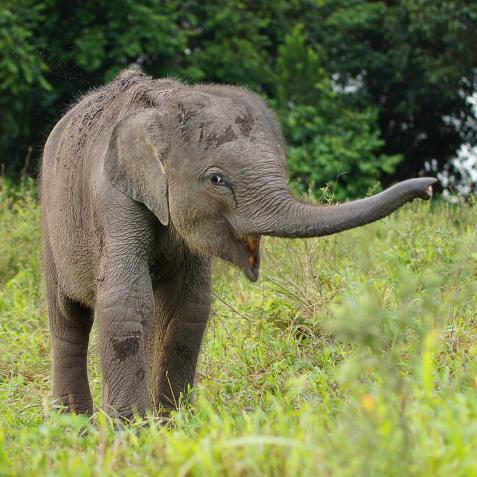
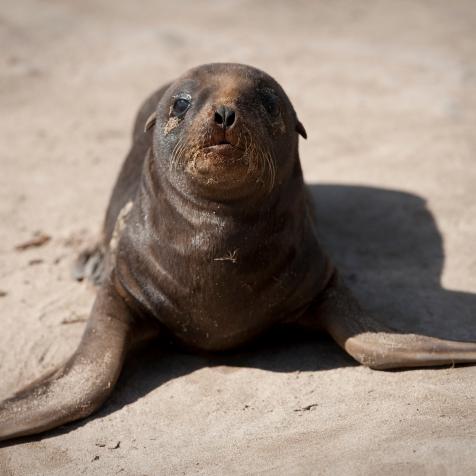
.jpg.rend.hgtvcom.476.476.suffix/1633031314945.jpeg)
